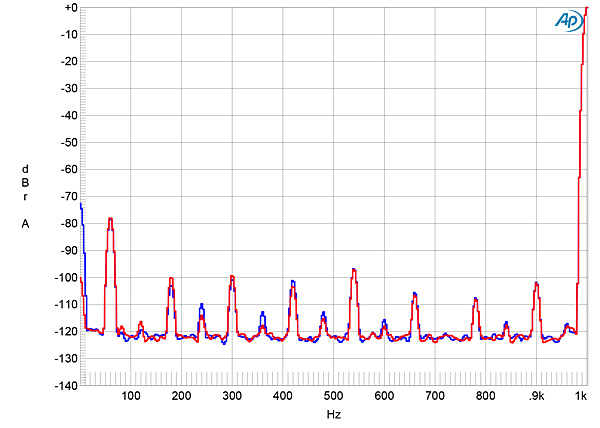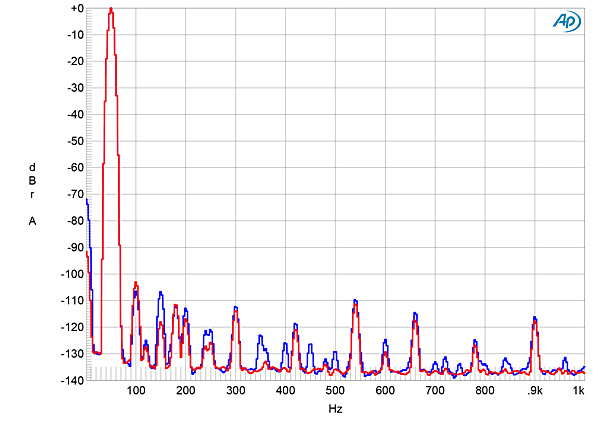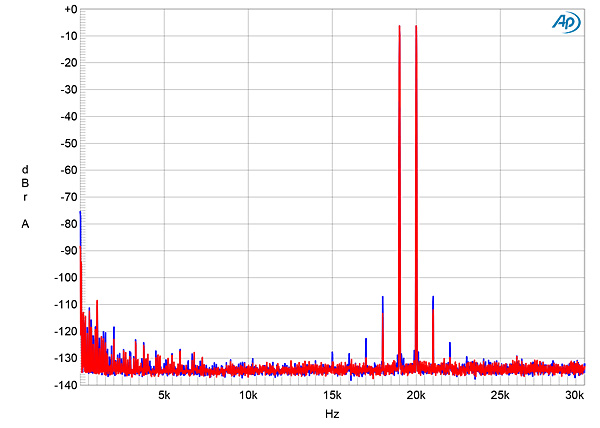| Columns Retired Columns & Blogs |
I'm interested in a certain question, so this is addressed either to Herb Reichert or to anyone who can answer it. Given that the Pass Labs amp that Herb likes for its vividness has generally higher distortion than this amp, especially in the highs, I would like to know what aspect or aspects of its performance would account for that extra vividness? Genuinely curious about this. I've found that good measurements in DACs tend to correlate with what I consider good sound, but it seems much harder to make that correlation in amps.



















































